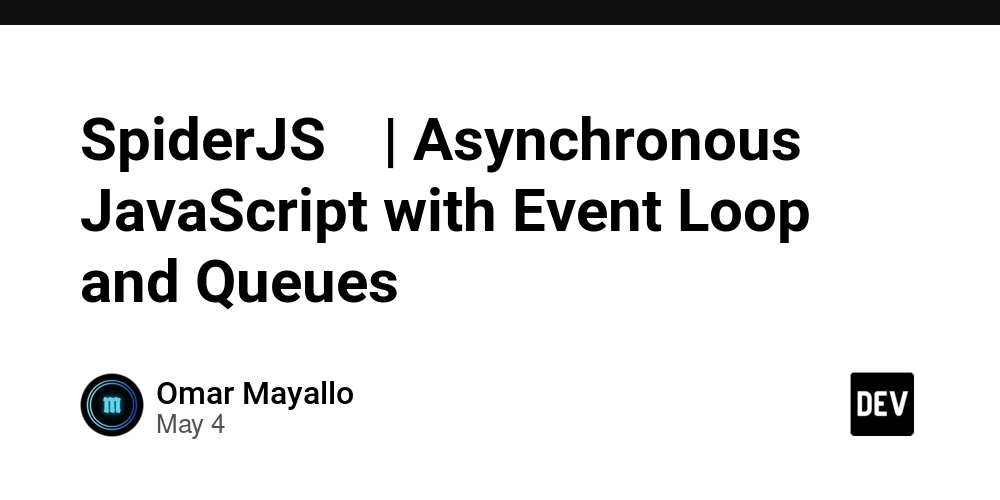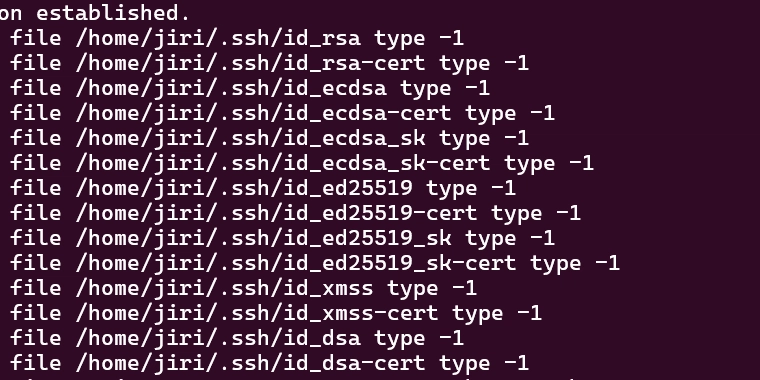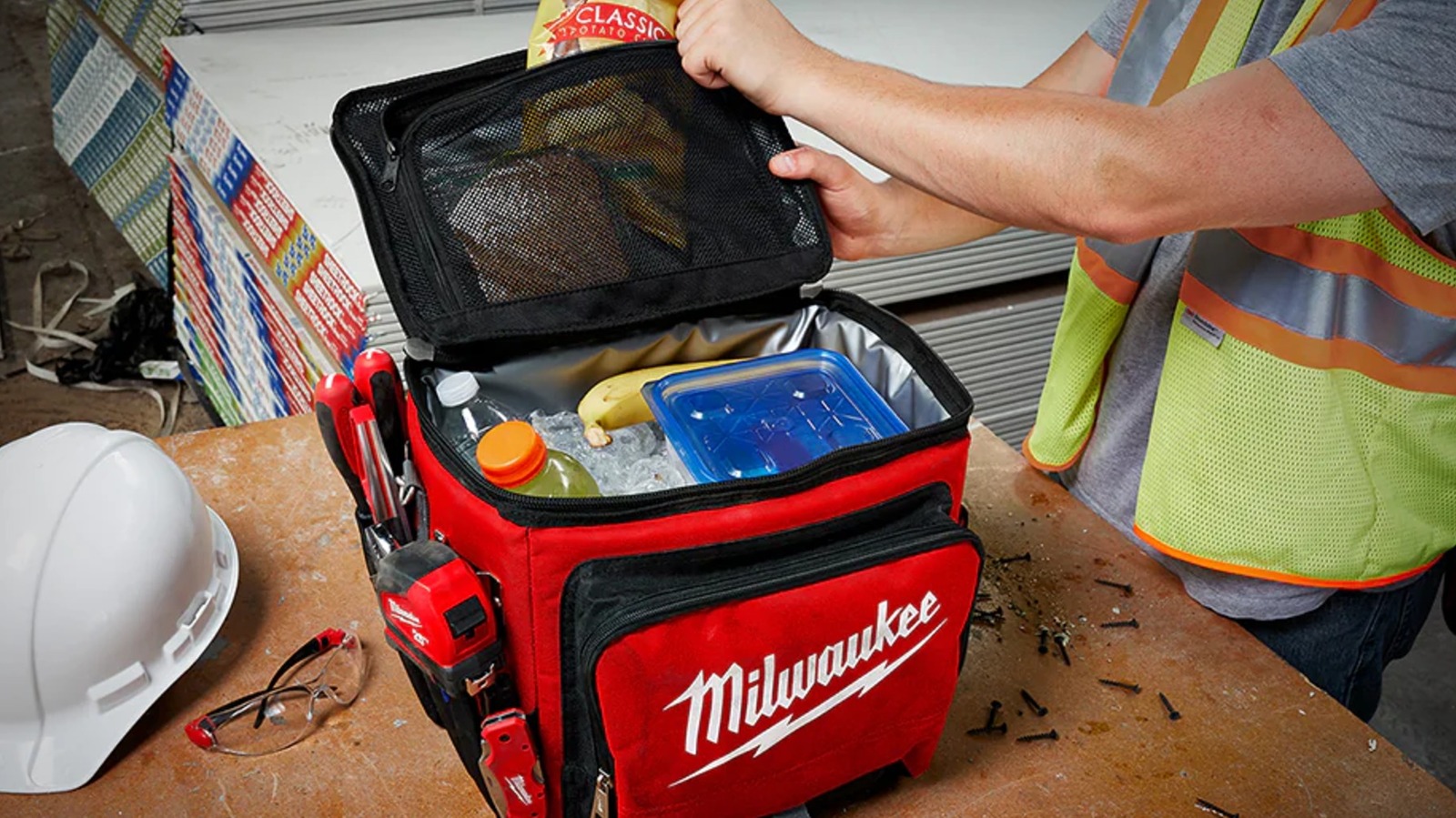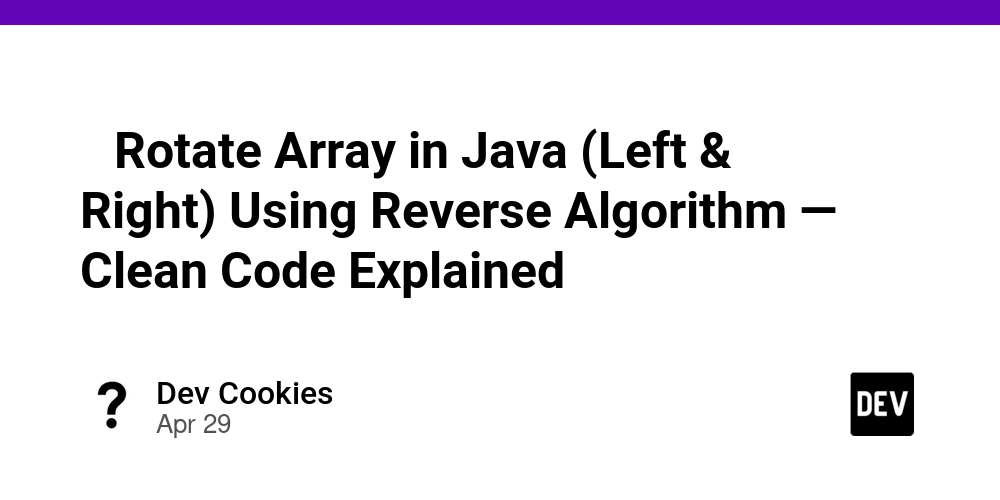SpiderJS
Event Loop and Queues in Asynchronous JavaScript Asynchronous JavaScript enables non-blocking operations through the event loop, which manages task execution. The event loop checks the call stack and queues to ensure efficient code execution. It handles two queues: the Task Queue (for callbacks like setTimeout) and the Microtask Queue (for promises and async, await), with microtasks having higher priority. A queue is a data structure that holds tasks or microtasks awaiting execution. The Task Queue manages lower-priority tasks (e.g., timers), while the Microtask Queue processes high-priority tasks (e.g., promise resolutions) right after the stack clears. Examples Demonstrating Priority Basic Example console.log("Start"); setTimeout(() => console.log("Timeout"), 0); Promise.resolve().then(() => console.log("Promise")); console.log("End"); Output: "Start", "End", "Promise", "Timeout" Explanation: The call stack runs synchronously ("Start", "End"). The promise microtask executes next due to higher priority, followed by the setTimeout task. Advanced Example console.log("Start"); setTimeout(() => { console.log("Timeout 1"); Promise.resolve().then(() => console.log("Timeout Promise")); }, 0); Promise.resolve().then(() => { console.log("Promise 1"); setTimeout(() => console.log("Nested Timeout"), 0); }); console.log("End"); Output: "Start", "End", "Promise 1", "Timeout 1", "Timeout Promise", "Nested Timeout" Explanation: The stack executes ("Start", "End"). The first microtask ("Promise 1") runs, then the first timeout ("Timeout 1") with its nested microtask ("Timeout Promise"). Finally, the nested timeout ("Nested Timeout") executes, showing microtasks outprioritizing tasks. Resources MDN Web Docs: Event Loop MDN Web Docs: Promises JavaScript Info: Event Loop Eloquent JavaScript: Asynchronous Programming W3Schools: JavaScript Async

Event Loop and Queues in Asynchronous JavaScript
Asynchronous JavaScript enables non-blocking operations through the event loop, which manages task execution. The event loop checks the call stack and queues to ensure efficient code execution. It handles two queues: the Task Queue (for callbacks like setTimeout) and the Microtask Queue (for promises and async, await), with microtasks having higher priority.
A queue is a data structure that holds tasks or microtasks awaiting execution. The Task Queue manages lower-priority tasks (e.g., timers), while the Microtask Queue processes high-priority tasks (e.g., promise resolutions) right after the stack clears.
Examples Demonstrating Priority
- Basic Example
console.log("Start");
setTimeout(() => console.log("Timeout"), 0);
Promise.resolve().then(() => console.log("Promise"));
console.log("End");
- Output: "Start", "End", "Promise", "Timeout"
- Explanation: The call stack runs synchronously ("Start", "End"). The promise microtask executes next due to higher priority, followed by the setTimeout task.
- Advanced Example
console.log("Start");
setTimeout(() => {
console.log("Timeout 1");
Promise.resolve().then(() => console.log("Timeout Promise"));
}, 0);
Promise.resolve().then(() => {
console.log("Promise 1");
setTimeout(() => console.log("Nested Timeout"), 0);
});
console.log("End");
- Output: "Start", "End", "Promise 1", "Timeout 1", "Timeout Promise", "Nested Timeout"
- Explanation: The stack executes ("Start", "End"). The first microtask ("Promise 1") runs, then the first timeout ("Timeout 1") with its nested microtask ("Timeout Promise"). Finally, the nested timeout ("Nested Timeout") executes, showing microtasks outprioritizing tasks.





































































































































































![[The AI Show Episode 145]: OpenAI Releases o3 and o4-mini, AI Is Causing “Quiet Layoffs,” Executive Order on Youth AI Education & GPT-4o’s Controversial Update](https://www.marketingaiinstitute.com/hubfs/ep%20145%20cover.png)




























































































































![[DEALS] Microsoft 365: 1-Year Subscription (Family/Up to 6 Users) (23% off) & Other Deals Up To 98% Off – Offers End Soon!](https://www.javacodegeeks.com/wp-content/uploads/2012/12/jcg-logo.jpg)




![From Art School Drop-out to Microsoft Engineer with Shashi Lo [Podcast #170]](https://cdn.hashnode.com/res/hashnode/image/upload/v1746203291209/439bf16b-c820-4fe8-b69e-94d80533b2df.png?#)








































































































(1).jpg?#)































_Inge_Johnsson-Alamy.jpg?width=1280&auto=webp&quality=80&disable=upscale#)
















































































































![Apple to Split iPhone Launches Across Fall and Spring in Major Shakeup [Report]](https://www.iclarified.com/images/news/97211/97211/97211-640.jpg)
![Apple to Move Camera to Top Left, Hide Face ID Under Display in iPhone 18 Pro Redesign [Report]](https://www.iclarified.com/images/news/97212/97212/97212-640.jpg)
![Apple Developing Battery Case for iPhone 17 Air Amid Battery Life Concerns [Report]](https://www.iclarified.com/images/news/97208/97208/97208-640.jpg)
![AirPods 4 On Sale for $99 [Lowest Price Ever]](https://www.iclarified.com/images/news/97206/97206/97206-640.jpg)
































![[Updated] Samsung’s 65-inch 4K Smart TV Just Crashed to $299 — That’s Cheaper Than an iPad](https://www.androidheadlines.com/wp-content/uploads/2025/05/samsung-du7200.jpg)































































